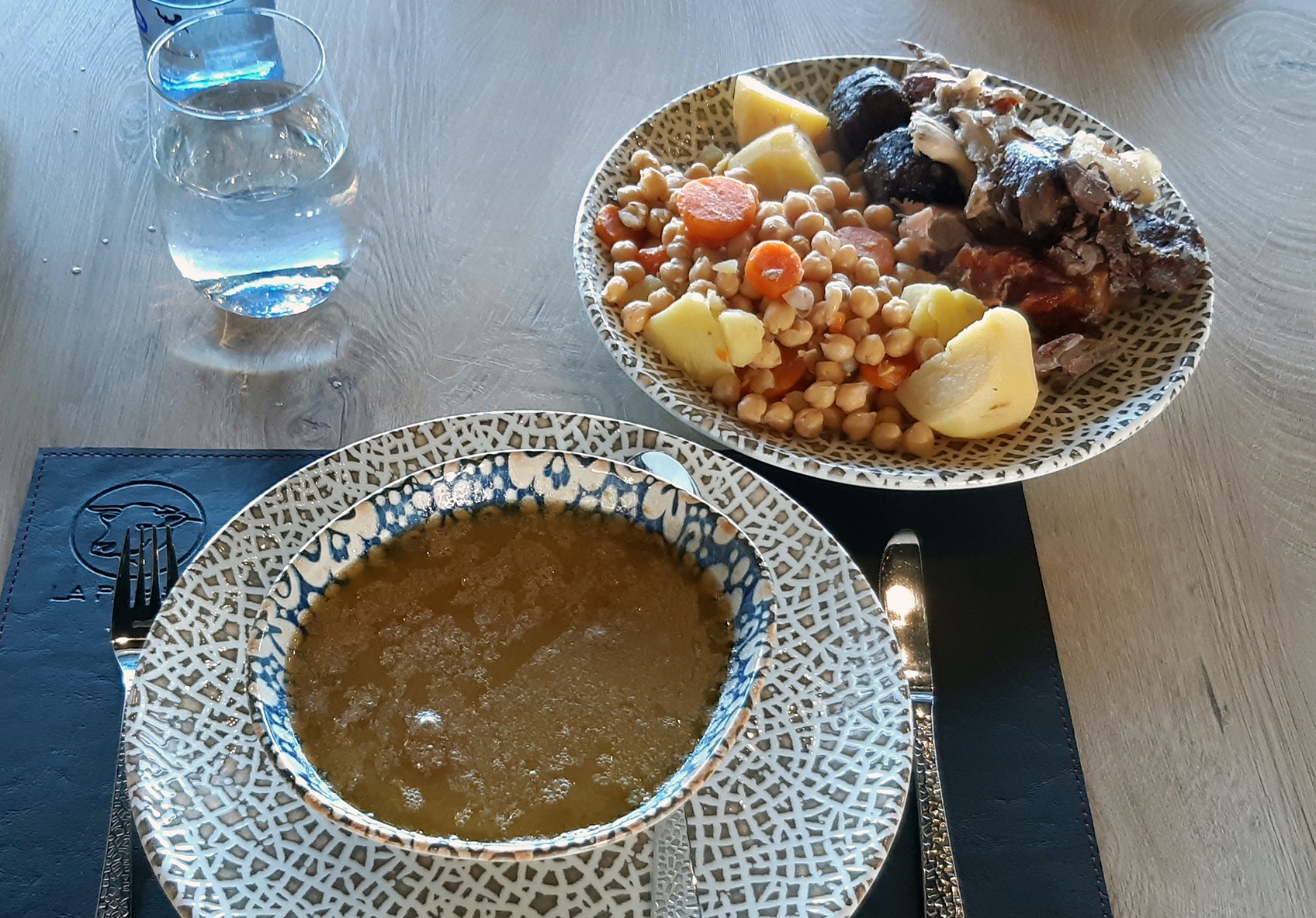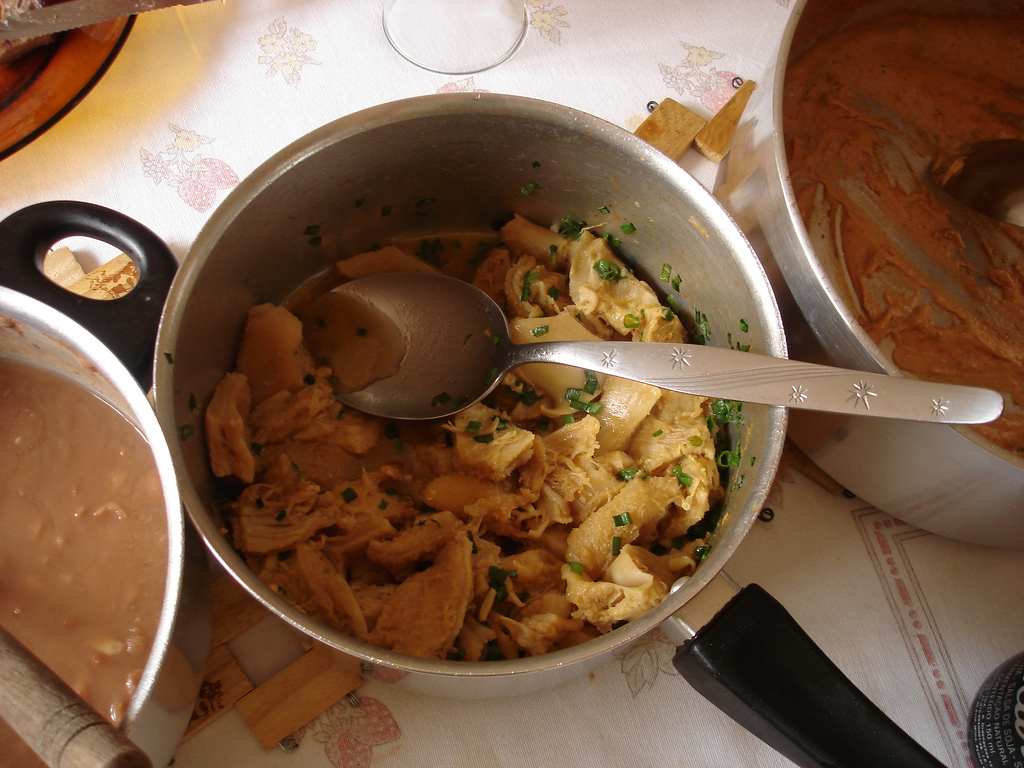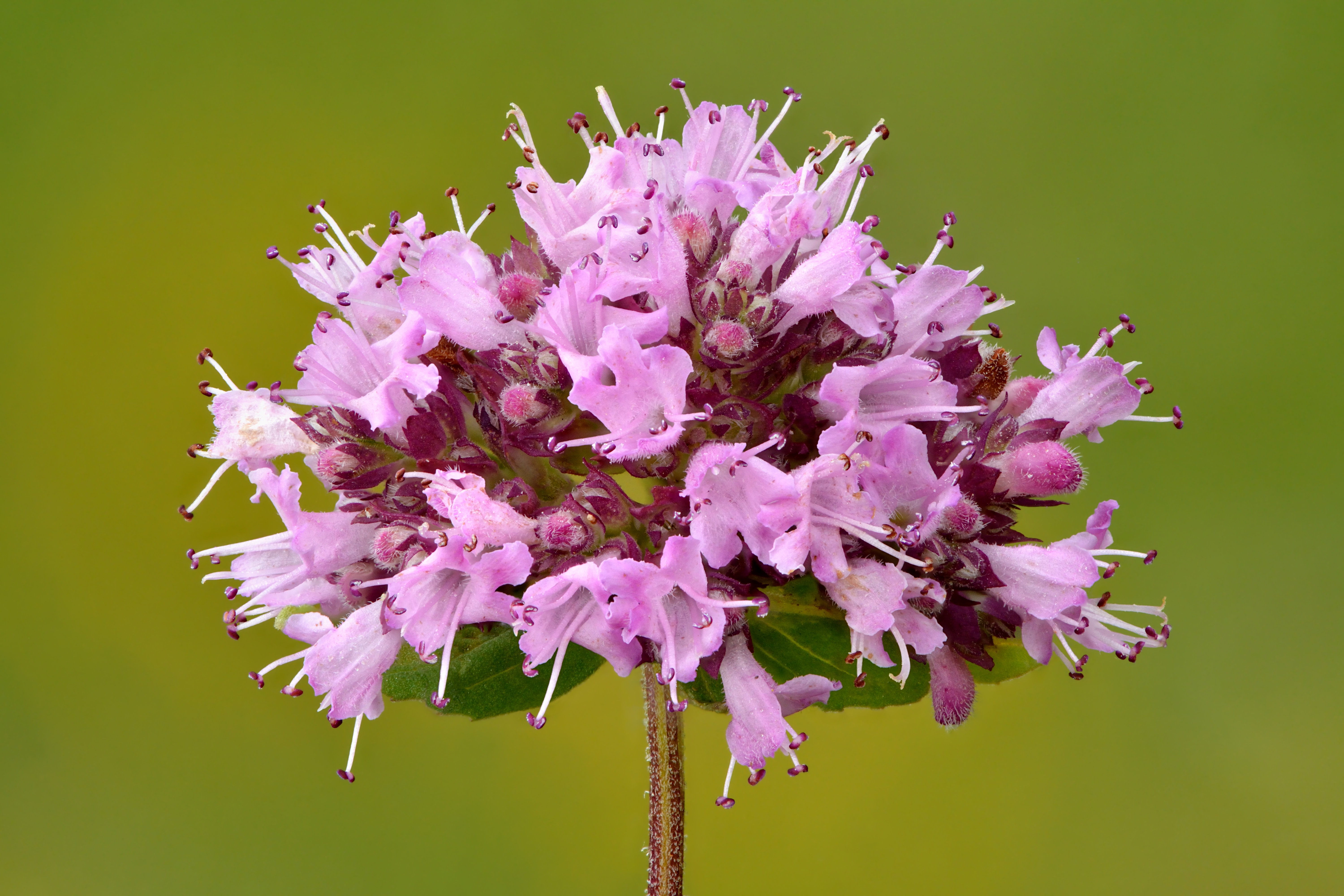|
List Of Portuguese Dishes
This is a list of Portuguese dishes and foods. Despite being relatively restricted to an Atlantic sustenance, Portuguese cuisine has many Mediterranean influences. Portuguese cuisine is famous for seafood. The influence of Portugal's former colonial possessions is also notable, especially in the wide variety of spices used. These spices include ''piri piri'' (small, fiery chili peppers), black pepper and white pepper, as well as cinnamon, vanilla, clove, cumin, allspice and saffron. Olive oil is one of the bases of Portuguese cuisine, which is used both for cooking and flavouring meals. Garlic is widely used, as are herbs, such as bay leaf, coriander, oregano, thyme, rosemary and parsley, being the most prevalent. Portuguese beverages are also included in this list. Portuguese dishes * Bacalhau * Bacalhau à Brás * Bacalhau à Gomes de Sá * Bacalhau à Zé do Pipo * Bacalhau com natas * Bacalhau com todos * Bife a cavalo * Cabidela * Cafreal * Caldei ... [...More Info...] [...Related Items...] OR: [Wikipedia] [Google] [Baidu] |
Carne De Porco à Alentejana
Carne de Porco à Alentejana (Pork with clams) is one of the most traditional and popular pork dishes of Portuguese cuisine. It is a combination of pork and clams, with potatoes and coriander. Usually, about 800 g of pork are marinated for some time in white wine, paprika, red pepper paste, chopped garlic, coriander, bay leaf, and salt and white pepper. Cumin is often added in northern Portugal as well. It is then fried until golden brown, when clams are added and cooked. Traditionally, this dish is served with cubed potato fries or baked potatoes. Its origin is uncertain, the name would appear to be from Alentejo, but this is disputed by some, who give its roots to the Algarve. The reason behind it are the clams, who are much more popular in seaside towns rather than places far from the ocean, like the majority of Alentejo who only has one sizeable fishing port, Sines, and small fishing villages on the coast, and has a mainly meat-based cuisine. It may be an example of fusion ... [...More Info...] [...Related Items...] OR: [Wikipedia] [Google] [Baidu] |
Allspice
Allspice, also known as Jamaica pepper, myrtle pepper, pimenta, or pimento, is the dried unripe berry of ''Pimenta dioica'', a midcanopy tree native to the Greater Antilles, southern Mexico, and Central America, now cultivated in many warm parts of the world. The name ''allspice'' was coined as early as 1621 by the English, who valued it as a spice that combined the flavours of cinnamon, nutmeg, and clove. Several unrelated fragrant shrubs are called "Carolina allspice" ('' Calycanthus floridus''), "Japanese allspice" (''Chimonanthus praecox''), or "wild allspice" (''Lindera benzoin''). Production Allspice is the dried fruit of the ''Pimenta dioica'' plant. The fruits are picked when green and unripe, and are traditionally dried in the sun. When dry, they are brown and resemble large, smooth peppercorns. Fresh leaves are similar in texture to bay leaves and similarly used in cooking. Leaves and wood are often used for smoking meats where allspice is a local crop. Care mus ... [...More Info...] [...Related Items...] OR: [Wikipedia] [Google] [Baidu] |
Cozido A Portuguesa 1
() or ''cozido'' () is a traditional stew eaten as a main dish in Spain, Portugal, Brazil and other Hispanophone and Lusophone countries. Etymology In Spanish, ''cocido'' is the past participle of the verb ''cocer'' ("to boil"), so it literally means "boiled hing. In Portuguese, the word ''cozido'' means "cooked", "boiled" or "baked", being the past participle of the verb ''cozer'' ("to cook", "to boil", or "to bake"). Preparation and ingredients Cocido is made of various meats (pork, beef, chicken, mutton), embutidos and vegetables like cabbage, turnips, parsnips, potatoes, carrots and chickpeas (''garbanzos''). Other foods (such as eggs or cheese) can be added before serving. Due to the wide regional diversity of the dish, the word ''cocido'' is typically followed by the place of origin (e.g. '' madrileño'', '' maragato'', '' lebaniego'', '' gallego''). The basic method of preparation involves slow cooking over a low heat. ''Cozido'' may be prepared with a wide ... [...More Info...] [...Related Items...] OR: [Wikipedia] [Google] [Baidu] |
Dobradinha
:''The word "dobradinha" (from the Portuguese word "dobro" which means double) is also used in Portugal for the achievement known as double in association football''. Dobrada (in Portugal) or dobradinha (in Brazil) is a traditional Portuguese and Brazilian dish made from a cow's flat white stomach lining commonly flavoured with paprika, tomato paste, onion, garlic, clove and red pepper paste. Usually decorated with green onion and mint. The adding of sliced carrots and butter beans are essential as well. White rice is often served alongside this dish, especially in the city of Porto where it is called tripas à moda do Porto. Origin The dish originated in Porto, in northern Portugal, where it is called ''dobrada'' or ''tripas''—people from Porto are nicknamed ''tripeiros''. It has been a traditional Portuguese dish since the 15th century, and became also traditional in Brazil. In popular culture It was the theme of Fernando Pessoa's poem "Dobrada à moda do Porto". The jo ... [...More Info...] [...Related Items...] OR: [Wikipedia] [Google] [Baidu] |
Bacalhau Com Natas
Bacalhau com natas (literally as "cod with double cream") is a popular way of cooking salted cod (bacalhau) in Portugal. This dish consists of baked cod in the oven layered with onions, diced fried potatoes (or leftover cooked potatoes) and double cream, usually seasoned with nutmeg and white pepper. This is a simple dish to prepare and very popular both at home and in restaurants; since it does not require a great deal of codfish it can be a way to use up leftover codfish or make a codfish dish for many people. The origin of the dish is unclear, it may have been conceived by the (due to a similar recipe called Bacalhau a Conde da Guarda) or created and popularized by chef João Ribeiro in the 1930s. See also * List of casserole dishes This is a list of notable casserole dishes. A casserole, probably from the archaic French word ''casse'' meaning a small saucepan, is a large, deep dish used both in the oven and as a serving vessel. The word is also used for the food cooked ... [...More Info...] [...Related Items...] OR: [Wikipedia] [Google] [Baidu] |
Parsley
Parsley, or garden parsley (''Petroselinum crispum'') is a species of flowering plant in the family Apiaceae that is native to the central and eastern Mediterranean region (Sardinia, Lebanon, Israel, Cyprus, Turkey, southern Italy, Greece, Portugal, Spain, Malta, Morocco, Algeria, and Tunisia), but has been naturalized elsewhere in Europe, and is widely cultivated as a herb, and a vegetable. Parsley is widely used in European, Middle Eastern, and American cuisine. Curly leaf parsley is often used as a garnish. In central Europe, eastern Europe, and southern Europe, as well as in western Asia, many dishes are served with fresh green chopped parsley sprinkled on top. Flat leaf parsley is similar, but it is easier to cultivate, some say it has a stronger flavor. Root parsley is very common in central, eastern, and southern European cuisines, where it is used as a snack or a vegetable in many soups, stews, and casseroles. It is believed to have been originally grown in S ... [...More Info...] [...Related Items...] OR: [Wikipedia] [Google] [Baidu] |
Rosemary
''Salvia rosmarinus'' (), commonly known as rosemary, is a shrub with fragrant, evergreen, needle-like leaves and white, pink, purple, or blue flowers, native to the Mediterranean region. Until 2017, it was known by the scientific name ''Rosmarinus officinalis'' (), now a synonym. It is a member of the sage family Lamiaceae, which includes many other medicinal and culinary herbs. The name "rosemary" derives from Latin ("dew of the sea"). Rosemary has a fibrous root system. Description Rosemary is an aromatic evergreen shrub with leaves similar to hemlock needles. It is native to the Mediterranean and Asia, but is reasonably hardy in cool climates. Special cultivars like 'Arp' can withstand winter temperatures down to about . It can withstand droughts, surviving a severe lack of water for lengthy periods. In some parts of the world, it is considered a potentially invasive species. The seeds are often difficult to start, with a low germination rate and relatively slow grow ... [...More Info...] [...Related Items...] OR: [Wikipedia] [Google] [Baidu] |
Thyme
Thyme () is the herb (dried aerial parts) of some members of the genus '' Thymus'' of aromatic perennial evergreen herbs in the mint family Lamiaceae. Thymes are relatives of the oregano genus ''Origanum'', with both plants being mostly indigenous to the Mediterranean region. Thymes have culinary, medicinal, and ornamental uses, and the species most commonly cultivated and used for culinary purposes is ''Thymus vulgaris''. History Thyme is indigenous to the Mediterranean region. Wild thyme grows in the Levant, where it might have been first cultivated. Ancient Egyptians used thyme for embalming. The ancient Greeks used it in their baths and burnt it as incense in their temples, believing it was a source of courage. The spread of thyme throughout Europe was thought to be due to the Romans, as they used it to purify their rooms and to "give an aromatic flavour to cheese and liqueurs". In the European Middle Ages, the herb was placed beneath pillows to aid sleep and ward of ... [...More Info...] [...Related Items...] OR: [Wikipedia] [Google] [Baidu] |
Oregano
Oregano (, ; ''Origanum vulgare'') is a species of flowering plant in the mint family Lamiaceae. It was native to the Mediterranean region, but widely naturalised elsewhere in the temperate Northern Hemisphere. Oregano is a woody perennial plant, growing tall, with opposite leaves long. The flowers are purple, long, produced in erect spikes in summer. It is sometimes called wild marjoram, and its close relative, '' O. majorana'', is known as sweet marjoram. Both are widely used as culinary herbs, especially in Turkish, Greek, Spanish, Italian, Mexican, and French cuisine. Oregano is also an ornamental plant, with numerous cultivars bred for varying leaf colour, flower colour and habit. Etymology Used since the middle 18th century, the Spanish word ''orégano'' is derived from the Latin ''orīganum'' and ultimately from the Classical Greek (''orī́ganon''). This is a compound Greek term that consists of (''óros'') meaning "mountain", and (''gános'') meaning "bright ... [...More Info...] [...Related Items...] OR: [Wikipedia] [Google] [Baidu] |
Coriander
Coriander (;coriander in the Cambridge English Pronouncing Dictionary ''Coriandrum sativum'') is an annual in the family Apiaceae. It is also known as Chinese parsley, dhania, or cilantro (). [...More Info...] [...Related Items...] OR: [Wikipedia] [Google] [Baidu] |
Bay Leaf
The bay leaf is an aromatic leaf commonly used in cooking. It can be used whole, either dried or fresh, in which case it is removed from the dish before consumption, or less commonly used in ground form. It may come from several species of tree, the bay laurel and the California bay tree being the most common. The flavor that a bay leaf imparts to a dish has not been universally agreed upon, but most agree it is a subtle addition. Sources Bay leaves come from several plants, such as: * Bay laurel (''Laurus nobilis'', Lauraceae). Fresh or dried bay leaves are used in cooking for their distinctive flavour and fragrance. The leaves should be removed from the cooked food before eating (see safety section below). The leaves are often used to flavour soups, stews, braises and pâtés in many countries. The fresh leaves are very mild and do not develop their full flavour until several weeks after picking and drying. *California bay leaf. The leaf of the California bay tree ('' Um ... [...More Info...] [...Related Items...] OR: [Wikipedia] [Google] [Baidu] |
Herb
In general use, herbs are a widely distributed and widespread group of plants, excluding vegetables and other plants consumed for macronutrients, with savory or aromatic properties that are used for flavoring and garnishing food, for medicinal purposes, or for fragrances. Culinary use typically distinguishes herbs from spices. ''Herbs'' generally refers to the leafy green or flowering parts of a plant (either fresh or dried), while ''spices'' are usually dried and produced from other parts of the plant, including seeds, bark, roots and fruits. Herbs have a variety of uses including culinary, medicinal, aromatic and in some cases, spiritual. General usage of the term "herb" differs between culinary herbs and medicinal herbs; in medicinal or spiritual use, any parts of the plant might be considered as "herbs", including leaves, roots, flowers, seeds, root bark, inner bark (and cambium), resin and pericarp. The word "herb" is pronounced in Commonwealth English, but is comm ... [...More Info...] [...Related Items...] OR: [Wikipedia] [Google] [Baidu] |








